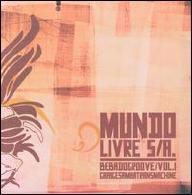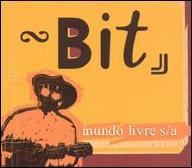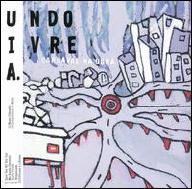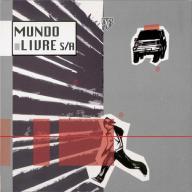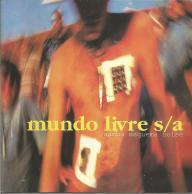Regrouping again, Mundo Livre opened in 1990 with the show Mundo Livre Strikes Again, at the same time that Chico Science, Jorge du Peixe, Alexandre Dengue, and Lúcio Maia were developing the sound of Nação Zumbi. In mid-1991, something resembling a movement began to take hold in the city. The idea was to connect the mangues (mangroves) of Recife with a worldly network of pop concepts. It was symbolized by the image of a parabolic antenna stuck in the mud. It was Fred 04's mission (together with Renato L.) to conceive the movement's manifest, the Manifesto do Movimento Mangue Bit. In the same period, Mundo Livre, Loustal, Chico Science Nação Zumbi, and Lamento Negro recorded the compilation Caranguejos Com Cérebro (Brained Crabs, another strong image used by the movement, which began to be known as mangue beat).
Finally, after ten years of anonymity, Mundo Livre exploded in 1994 as a revelation with the album Samba Esquema Noise (the title is an obvious homage to Jorge Ben's Samba Esquema Novo, which inspired their creations). Despite its national presence on TV shows, the band didn't reach commercial success and continued with difficulties. In 1996, they participated, along with Banda de Pífanos de Caruaru and Chico Science Nação Zumbi, in the Brazilian Music Festival at Prospect Park in Brooklyn, NY. The Brazilian bands received rave reviews from the American press, and that year Mundo Livre's second album came out, the cruder Guentando a Ôia. Unfortunately, it happened again: the critics loved it but the public didn't buy it. On the positive side, it featured their two earliest international performances (together with the Mexican one); on the downside was the departure of percussionist Otto, who would later begin a successful solo career. The Mundo Livre saga continued on their third album, Carnaval Na Obra, which was included in many best-of-the-year lists (and considered by a Showbizz magazine critics poll as the best CD of 1998). ~ Alvaro Neder, Rovi


